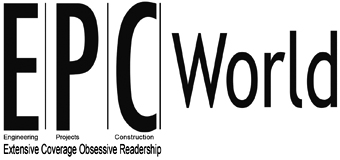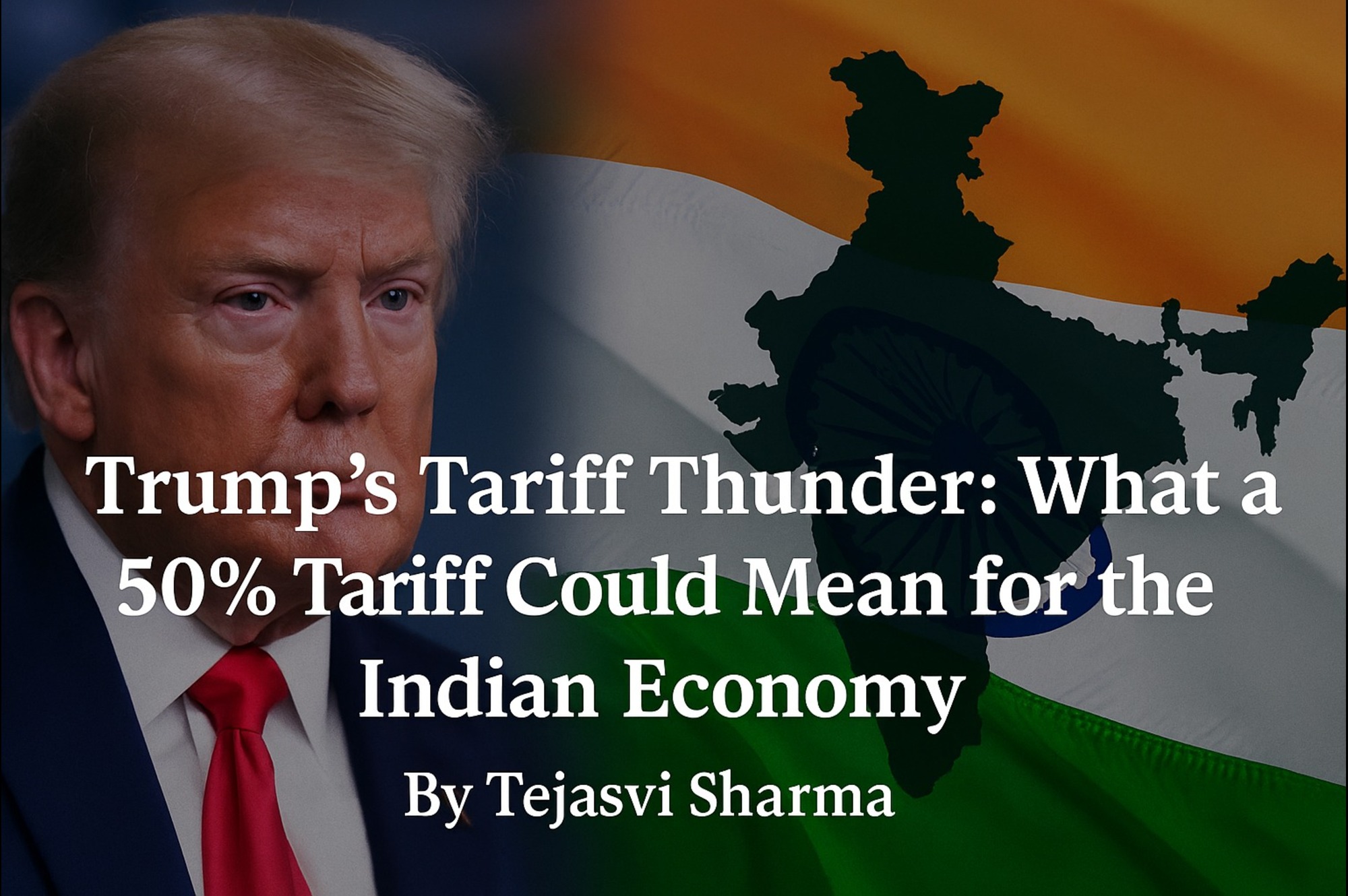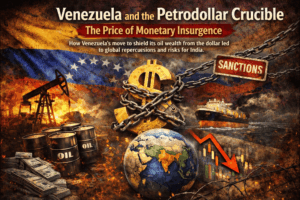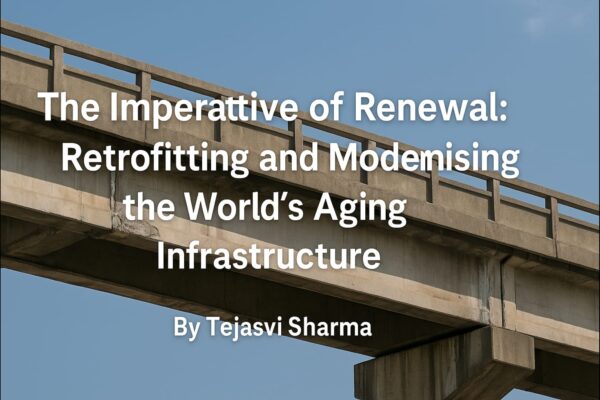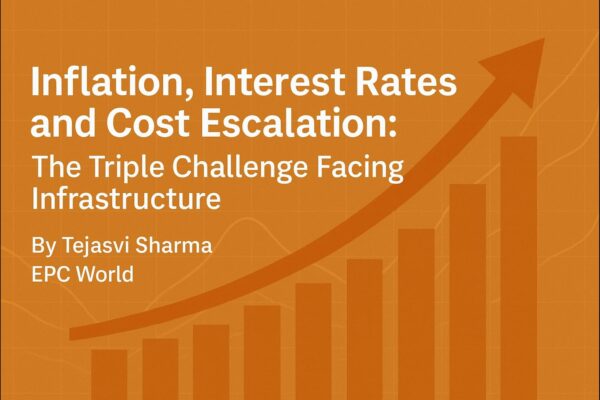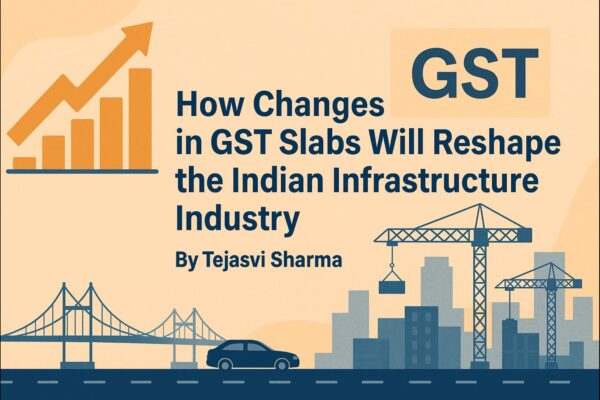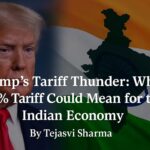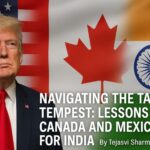Trump’s Tariff Thunder: What a 50% Tariff Could Mean for the Indian Economy
by Tejasvi Sharma, Editor-in-Chief, EPC World
In an election season marked by fiery populism and renewed economic nationalism, former U.S. President Donald Trump has once again cast a long shadow over global trade. With campaign rhetoric reaching a crescendo, Trump recently floated the possibility of slapping up to 50% tariffs on goods from countries he deems “unfair traders”—with India prominently featured on that list. While some may dismiss it as political bravado, the implications for India’s economy, particularly its export-driven sectors, could be far-reaching and deeply disruptive.
Why India? The Politics Behind the Punishment
India’s presence in Trump’s tariff crosshairs is neither accidental nor purely economic. It’s a convergence of political posturing, historical grievances, and strategic recalibration. During his presidency, Trump repeatedly labelled India a “tariff king”, citing examples like India’s 100% duty on Harley-Davidson motorcycles as emblematic of trade asymmetry. Despite efforts during the Modi-Trump years to build personal rapport and defence partnerships, trade friction persisted.
Now, with his 2024 re-election campaign leaning heavily on economic nationalism, India becomes a convenient scapegoat—a “rising power” that appeals to domestic anxieties in the U.S. about manufacturing decline and offshoring. Moreover, India’s growing strategic autonomy—exemplified by its oil trade with Russia, its neutral stance in the Ukraine war, and its increasing alignment with BRICS+ and Global South agendas—has made Washington wary of New Delhi’s drift from Western orthodoxy.
The Economic Shockwave: Who Gets Hit First?
If a blanket 50% tariff were levied on Indian exports to the U.S., the tremors would be felt across a wide swathe of the Indian economy.
1. The $78 Billion Lifeline: Export Sector in Peril
The U.S. is India’s largest trading partner, accounting for over $78 billion in exports annually. Key sectors include pharmaceuticals, textiles, IT services, automotive parts, and jewellery. Imposing such steep tariffs would:
- Make Indian goods uncompetitive overnight, driving U.S. buyers toward cheaper Southeast Asian or domestic alternatives.
- Trigger massive order cancellations in labour-intensive sectors like apparel and leather, risking millions of jobs.
- Lead to supply chain dislocation as Indian exporters scramble to reroute or absorb losses.
2. Pharma & Generics: A Health Blow for Both Sides
India is the world’s largest supplier of generic drugs, and the U.S. imports a significant portion of its affordable medications from Indian manufacturers. A tariff surge could not only damage India’s pharma industry but also raise healthcare costs in the U.S., especially for low-income and elderly populations—an irony in an election year.
3. IT and Services: The Grey Zone
Unlike tangible goods, services exports like IT, consulting, and digital platforms fall into a murkier regulatory domain. However, an aggressive Trump administration could impose visa restrictions, digital service taxes, or compliance penalties on Indian tech firms operating in the U.S. This would hit giants like TCS, Infosys, and Wipro, and dampen investor sentiment in India’s booming tech sector.
Ripple Effects: From Rupee to Real Estate
Currency and Capital Flows
The Indian rupee would likely come under immediate depreciation pressure, as fears of an export slump and capital outflow spread. Foreign institutional investors, especially those exposed to trade-linked sectors, may pull back, leading to stock market volatility.
Infrastructure and Real Estate
The Make in India and PLI (Production-Linked Incentive) schemes, which depend heavily on export viability, could face derailment. Infrastructure investments linked to export parks, ports, and logistics corridors may be deferred. The real estate sector, which often benefits from ancillary export earnings and NRIs, could see a liquidity crunch.
India’s Counterplay: Strategic Diversification and Self-Reliance
India is not without options. Over the last decade, it has diversified its export base, expanded trade agreements with the UAE, EU, Australia, and ASEAN, and accelerated PLI schemes to deepen domestic value chains.
If tariffs come into play, India may:
- Boost trade with alternative markets in the Middle East, Africa, and Europe.
- Explore WTO arbitration or retaliatory measures within permissible bounds.
- Double down on domestic consumption and South-South cooperation to reduce export dependency.
Yet, such transitions take time—and the shock of a sudden tariff onslaught could still prove economically destabilising in the short term.
The Global Stage: More Than Just Bilateral Fallout
The ramifications of Trump’s tariff proposal extend beyond India. It would signal a return to America First protectionism, undermine global supply chains, and embolden other nations to erect trade barriers. For an already fragile global economy navigating inflation and post-COVID recovery, this could trigger a domino effect of deglobalisation.
Conclusion: Between Retaliation and Resilience
India stands at a critical juncture. The threat of 50% tariffs from the U.S. is not merely a bilateral skirmish—it is a test of India’s economic architecture, diplomatic agility, and strategic foresight. Whether Trump’s threat materialises or remains a campaign stunt, India must be prepared.
As the world tilts toward multipolarity and protectionism, resilience will be India’s most precious export.
Tags
